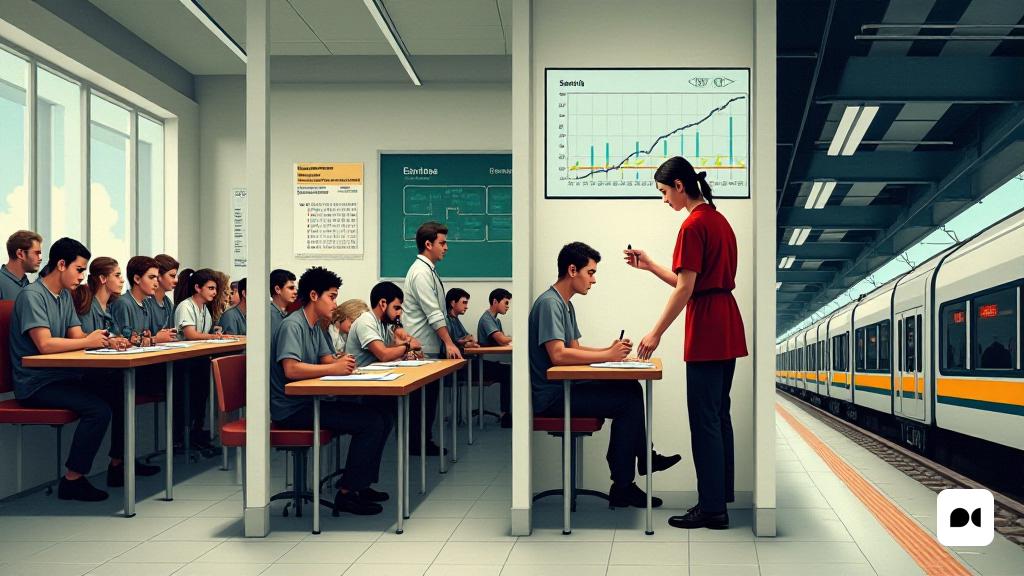The public salut to l’an exam
The situation of Spanish public health has suffered a significant decline in recent years. The waiting lists have increased alarmingly, from 592,000 patients waiting for a non -urgent operation in 2017 to 848,340 in June 2024. This reveals a worrying tendency in access to health, with an average waiting time that has exceeded 100 days.
Although investment in health has increased, the growing demand, driven by COVID-19 and aging of the population, has passed the offer. This has led to an increase in complaints related to the lack of staff and the saturation of emergency services.
Education: a worrying tendency
The latest PISA reports indicate that education in Spain has not experienced the expected improvements. The results in science fell from 493 points in 2015 to 485 in 2022, with a similar trend in mathematics and reading. Spain remains below the OECD average, reflecting a stagnation in the academic performance of the students.
Improvements in the dependency system
In contrast to other sectors, the dependency system has seen significant improvements. The number of people with the right to aid but without provision has decreased considerably, from 385,000 to 2015 to 135,400 to 2024. This change is the result of public policies and an increase in state funding.
Transportation: Advances and challenges
Spain has advanced in transport infrastructure, becoming the second country with more kilometers of high railway speed. However, public transport services still have deficiencies, with complaints about the lack of maintenance and frequent breakdowns, especially in the commuter networks.
Public administration: a bureaucratic maze
Public administration has been criticized for its inefficiency. Despite digital improvements, the need for appointment has complicated the procedures, generating frustration among the citizens. The bureaucracy is still an obstacle, and many feel that the system has not evolved properly.
Citizen security: a mixed landscape
Spain remains one of the safest countries in Europe, with relatively low homicide rates. However, sex crimes have experienced an alarming increase, with a significant increase in violations. These data show the need to address this social problem urgently.
Although the prison population has diminished, the feeling of citizen security is good, with a widespread perception that Spain is a safe place. However, the new challenges like cybercarders have emerged, reflecting the need to adapt security measures to a constantly changing world.

